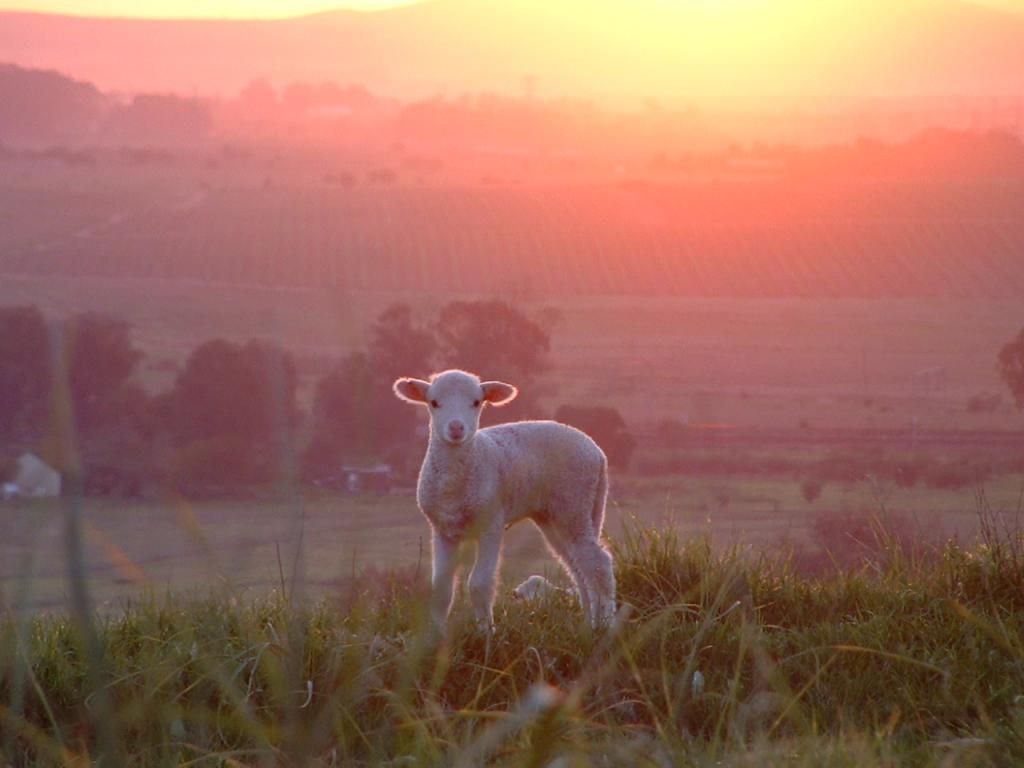RVF is a mosquito-borne zoonotic viral disease
affecting many animals, especially domestic livestock, and humans. It is most
common in eastern and southern Africa. Sheep, in particular exotic, introduced
breeds, are most susceptible.
It can cause fever, haemorrhage and abortion in
pregnant animals. More than 90% of infected lambs die; mortality of adult sheep
is as low as 10%. Humans can contract RVF from mosquitoes and possibly other
bloodsucking insects.
RVF epidemics have a serious impact on the economy due
to death of livestock, infection of humans and bans on livestock trade from
RVF-infected areas.
Rift Valley Fever
- symptoms and prevention
Is an infectious zoonotic disease affecting sheep,
goats, and cattle.
Rift Valley Fever (infectious enzootic hepatitis) and
humans are susceptible to the disease.
Rift valley disease is a viral disease of sub-Saharan
Africa. The virus attacks the liver and causes symptoms ranging from fevers and
listlessness to hemorrhage and abortion rates approaching 100% in pregnant
sheep. It is transmitted by mosquitos. RVF is a notifiable disease and it is
thus important for farmers to inform the State Vet and Animal Health Technician
when they suspect the disease.
Vaccination of animals against RVF has been used to
prevent disease in endemic areas and to control epizootics . Rift Valley fever
is more deadly than West Nile virus. Animals should be moving away from
standing water and moved to higher altitude areas. Caution must be exercised when
handling infected tissues by wearing gloves, masks, goggles and by using
viricidal disinfectant. The incubation period is 1 – 3 days.
Symptoms in animals:
Abortions, mortalities in young animals, jaundice,
lagging behind, weakness and exhaustion, bloody diarrhea, bleeding from the
nose and fever.
Symptoms in humans:
Influenza-like symptoms – headaches, muscle pain,
joint pain, abdominal pain and nausea.
Prevention
Vaccinate sheep older than 6 months. Inactivated
vaccine can be used in pregnant ewes. Animals must be given a booster within
3-4 weeks after initial vaccinations and then must be done annually.
Movement restrictions are recommended. No movement
without notifying the Provincial State Vet. The disease is caused by the Rift
Valley Fever (RVF) virus, a member of the genus Phlebovirus in the family
Bunyaviridae and the disease is transmitted by mosquitoes. Limited to Africa in
earlier years, it causes the enormous waste of livestock, especially in wet
conditions
 For decades Rift Valley fever has caused the illness
and death of large numbers of livestock in Kenya and in much of sub-Saharan
Africa. Increasing evidence linking the disease to human deaths as well has led
epidemiologists to include Rift Valley fever on the list of emerging viruses
(including HIV and Ebola) that infect thousands of people each year.
For decades Rift Valley fever has caused the illness
and death of large numbers of livestock in Kenya and in much of sub-Saharan
Africa. Increasing evidence linking the disease to human deaths as well has led
epidemiologists to include Rift Valley fever on the list of emerging viruses
(including HIV and Ebola) that infect thousands of people each year.
Clinical Signs
In young lambs the incubation period varies from 20 to
72 hours. Some lambs die suddenly without showing signs of this disease.
Usually, however, affected lambs develop fever, refuse food, physically weaken,
recline and die after a course of 24 hours. Mortality often reaches 95%.
In adult sheep the most common clinical finding is
abortion. Most affected sheep show fever of 41 to 42 °C, abortion and vomiting.
During fever, severe leukopenia , especially of neutrophils , forms.
Controlling RVF in animals
• Outbreaks
of RVF in animals can be prevented by a sustained programme of animal
vaccination. Both modified live attenuated virus and inactivated virus vaccines
have been developed for veterinary use. Only one dose of the live vaccine is
required to provide long-term immunity but the vaccine that is currently in use
may result in spontaneous abortion if given to pregnant animals. The
inactivated virus vaccine does not have this side effect, but multiple doses
are required in order to provide protection which may prove problematic in
endemic areas.
 • Animal
immunization must be implemented prior to an outbreak if an
• Animal
immunization must be implemented prior to an outbreak if an
• Restricting
or banning the movement of livestock may be effective in slowing the expansion
of the virus from infected to uninfected areas.
• As
outbreaks of RVF in animals precede human cases, the establishment of an active
animal health surveillance system to detect new cases is essential in providing
early warning for veterinary and human public health authorities.
RVF FORESCASTING AND CLIMATIC MODELS
Forecasting can predict climatic conditions that are
frequently associated with an increased risk of outbreaks, and may improve
disease control. In Africa, Saudi Arabia and Yemen RVF outbreaks are closely
associated with periods of above-average rainfall. The response of vegetation
to increased levels of rainfall can be easily measured and monitored by Remote
Sensing Satellite Imagery. In addition RVF outbreaks in East Africa are closely
associated with the heavy rainfall that occurs during the warm phase of the El
Niño/Southern Oscillation (ENSO) phenomenon.












































